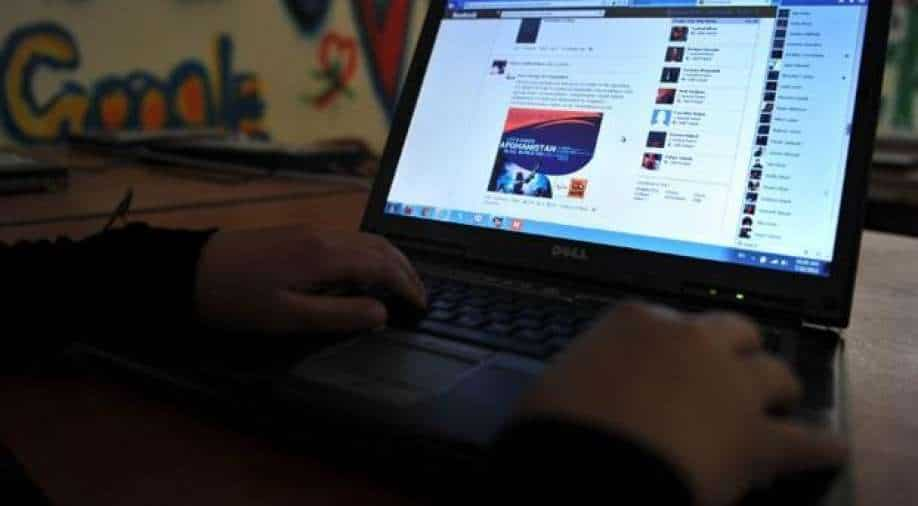In May 2022, The Future of India Foundation published its report titled Politics of Disinformation, calling for better accountability from social media platforms which have supplanted and in a way, distorted the information ecosystem in India. The report questions the design choices of these platforms in accelerating disinformation at a crucial point in the present, when anti-minority hate is being mainstreamed and even legitimised.
Female voices on social media are nowadays not only shunned with derogatory remarks but also shamed through propagation of false news questioning their morality and character. A step ahead from the traditional trolls and abusive comments, is the fabricated information and doctored images.
But along with gender, disinformation strikes those on the margins of the intersection between caste and religion. In a world where active participation of females in public discourse is often ridiculed, the expression of minorities is even more resisted by those in majority who do not wish to see this social hierarchy disrupted. While other women may be ridiculed for their variety of clothing choices, Muslim women are targeted even for wearing hijab, a headscarf that covers their head. This came through in the recent dispute related to school uniforms in Karnataka, India.
When a video of a Muslim student standing up against a mob of saffron-clad boys chanting ‘Jai Shri Ram‘ in Karnataka’s Mandya surfaced, multiple photographs comparing two girls became viral, falsely claiming that the female student in question generally wore western clothes and wore a burqa only for “propaganda” purposes. Other instances of defamation against her were pictures of Janata Dal Secular member Njama Nazeer posed as her, as well as a Congress MLA misidentified as her to show that the hijab row is a ‘Congress conspiracy’ and the false claim that Dubai’s Burj Khalifa honoured her.
Even after deleting at source, the posts continued to circulate on various social media platforms, especially in infamous Whatsapp groups. The false claims stayed in motion defaming her character, but with no questioning of handles and profiles sharing them and the veracity behind.

For Safoora Zargar, one of the anti-Citizenship Amendment Act (CAA) protesters at Shaheeen Bagh, the disinformation circulated was even more extreme. Along with pornogrpahic materials claiming to be her, false claims of her being pregnant without getting married were widely shared. The sources sharing these posts were overwhelmingly pro-right wing groups.
The underlying issue of false information is the tendency of social media platforms to amplify content based on its audience engagement rather than its quality. This value neutral, engagement-driven approach leads to amplification of pervasive misinformation and even harmful content
It is not that the male population on the internet doesn’t experience trolls or abuse. But in the case of females, these abuses and false claims are almost always questioning their morality and honour. There is rarely a logical and rational discussion about the perspective they put forward. “Spreading allegations and misinformation about women’s personal lives, creating the impression that women ought to be ashamed about aspects of their sexuality, is a common patriarchal and misogynist weapon, intended to undermine their politics. This has a chilling effect and deters women from being active in public life. It is a despicable and dastardly attempt to delegitimise her voice, the politics she espouses, and the movement that she is part of”, says women rights activist and lawyer Vrinda Grover.
It is not just the users, but the very foundation on which social media platforms are built are reflective of internalised sexism and misogyny. A research looking at logic, process and outcomes of social media content moderation revealed that content presented and revealed through in-platform searches reflected dominant gender norms and the presence of subjective biases in community guidelines of these platforms deciding what content to moderate.
Furthermore, the design of these platforms not only reflect pre-existing biased opinions, but also help boost such perceptions. Algorithms which amplify content based on the users’ engagement with it rather than its quality, make such content viral and sticky. Platforms and their tendencies to incentivise extreme content for commercial interests leads to propagation of harmful narratives which are counterproductive to societal progress towards gender equality.
Also read: Media Bias: Who Gets Arrested For Sharing Fake News And Who Gets Away

Locating misinformation (disinformation) in a larger political context, the above-mentioned report by The Future of India Foundation makes interesting points on seeing disinformation as a bad actor problem (because of the ill intention behind it) and how it can be better dealt with. The underlying issue of false information is the tendency of social media platforms to amplify content based on its audience engagement rather than its quality. This value neutral, engagement-driven approach leads to amplification of pervasive misinformation and even harmful content.
the report suggests that amplification of a particular content be done based on the user’s trustworthiness and credibility. Political users who post regularly about topical subjects should be classified and amplification of their content should be based on passing through certain criteria of due process. After such users are identified who regularly post borderline content, or post content fact-checked to be false, their content should be labeled as “low credibility source”
While social media giants talk about content moderation on their platforms, the report spotlights the core issue of misinformation as distribution and what could be the role of social media to prevent it. This is crucial at a point when even after the post at source is deleted, its replications are widely shared and distributed.
Instead of moderating questionable content individually, the report calls for social media platforms to prevent production of disinformation at the source. This is in light of many studies which cite that a small subset of sites or handles are actually propagating a bulk of misinformation on platforms. Since motivated actors produce false information at an industrial scale with ill intention, a more effective approach would be to focus at the user level instead of cleaning up on a discrete content by content basis. Such a user-level approach could mean deplatforming such users, labeling their profile/content or limiting amplification to credible users only.
In a way, this does look feasible with a number of research showing how only a few people are responsible for amplification of a wide variety of misinformation. Even in the case of the Muslim student in the Karnataka row, at least 60 verified accounts posted false claims on Facebook and several of them were pro-majoritarian pages or groups.

For this, the report suggests that amplification of a particular content be done based on the user’s trustworthiness and credibility. Political users who post regularly about topical subjects should be classified and amplification of their content should be based on passing through certain criteria of due process. After such users are identified who regularly post borderline content, or post content fact-checked to be false, their content should be labeled as “low credibility source”.
While this may not help to stifle the general forms of misogyny or sexist remarks made by people on the internet, it can certainly help to curb the systematic, wide production and dissemination of false news targeted towards gender and social minorities. Such institutional mechanisms are important now more than ever to fight against the changing online forms of sexism and misogyny which are getting uglier by the day.
Also read: From Hijab Ban To Bulli Bai/Sulli Deals: The Muslim Women’s Assertion Against The Hindutva
Featured Image Source: Unitarian Universalist Association
About the author(s)
Shuvangi is an independent writer and researcher based in Kathmandu, Nepal




